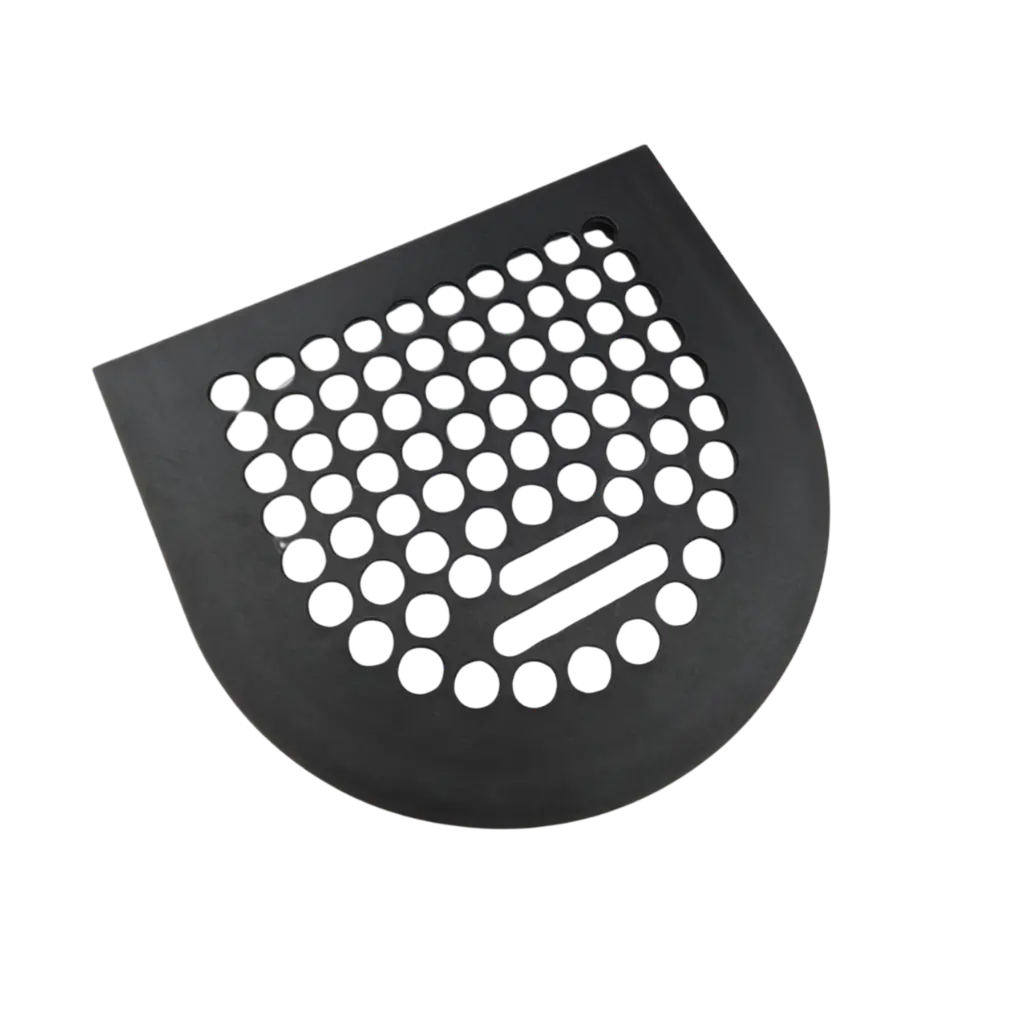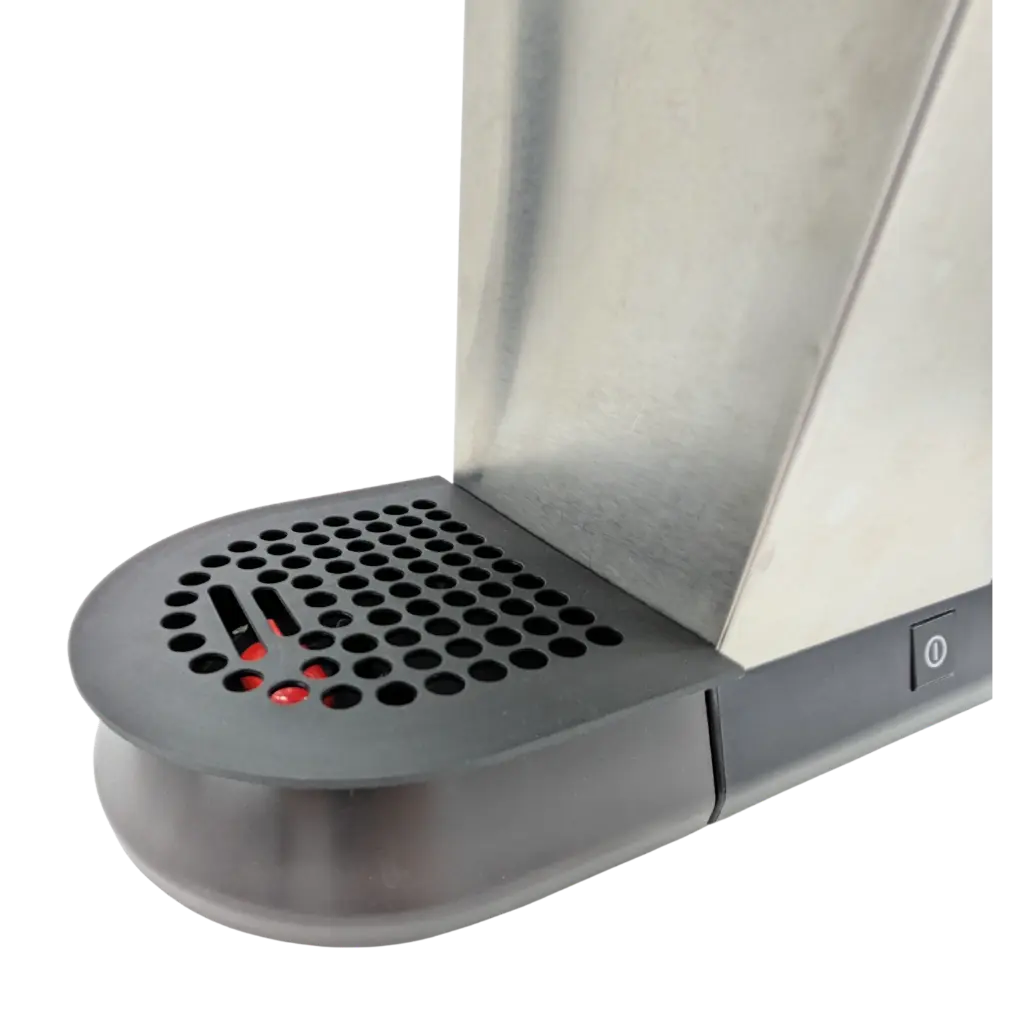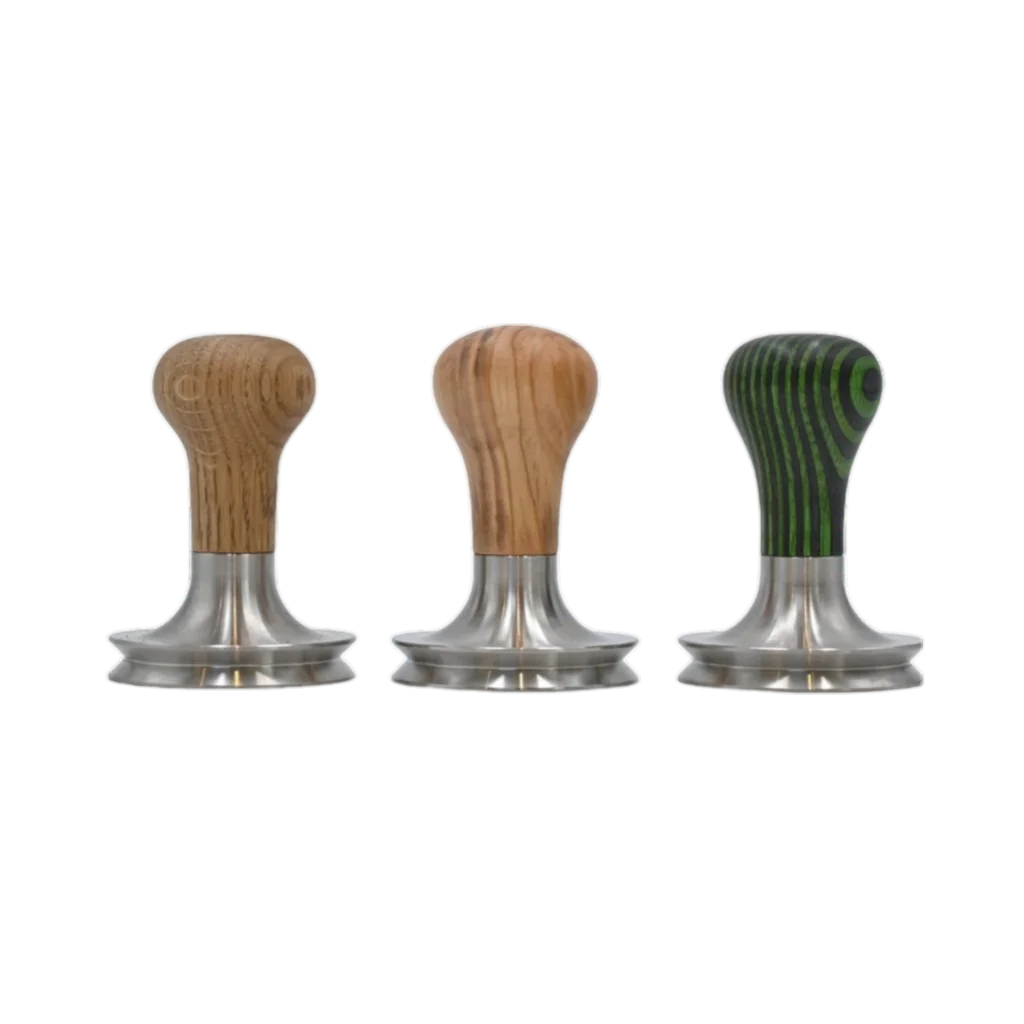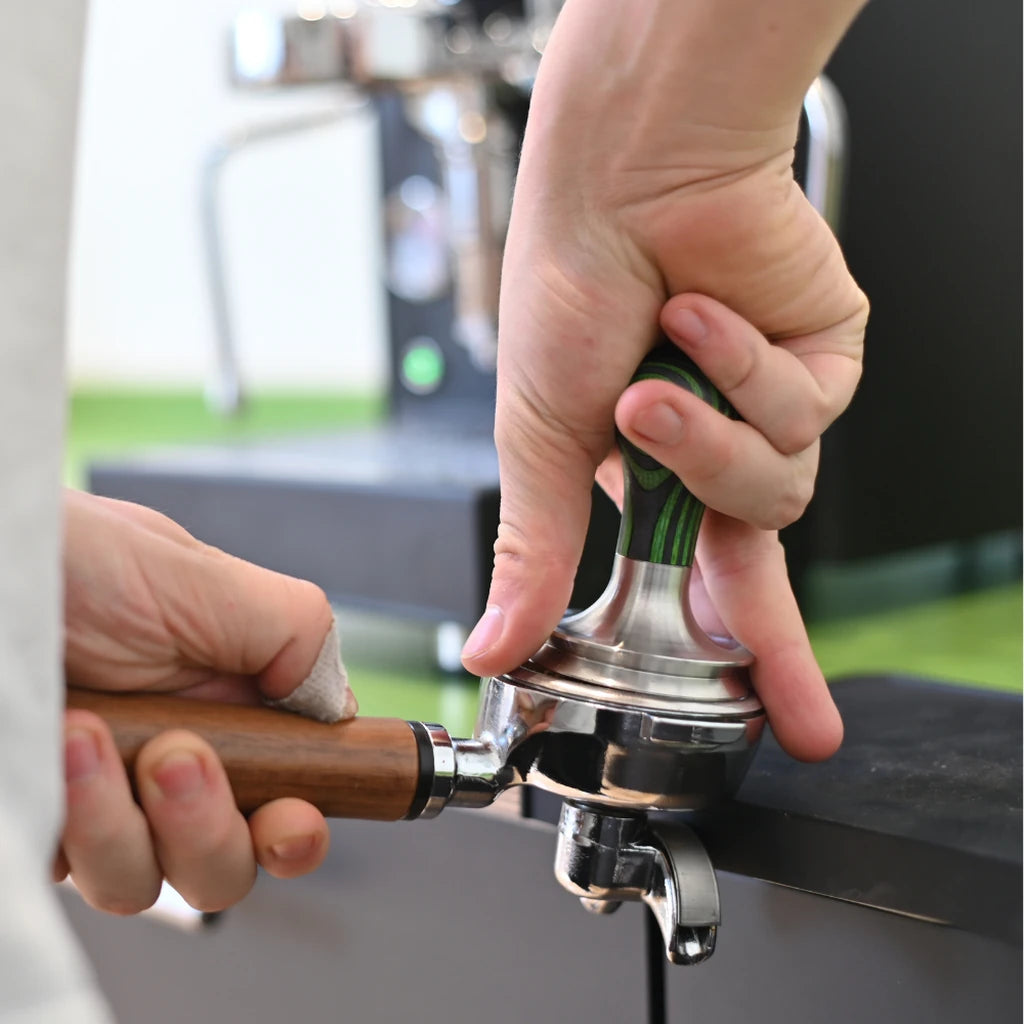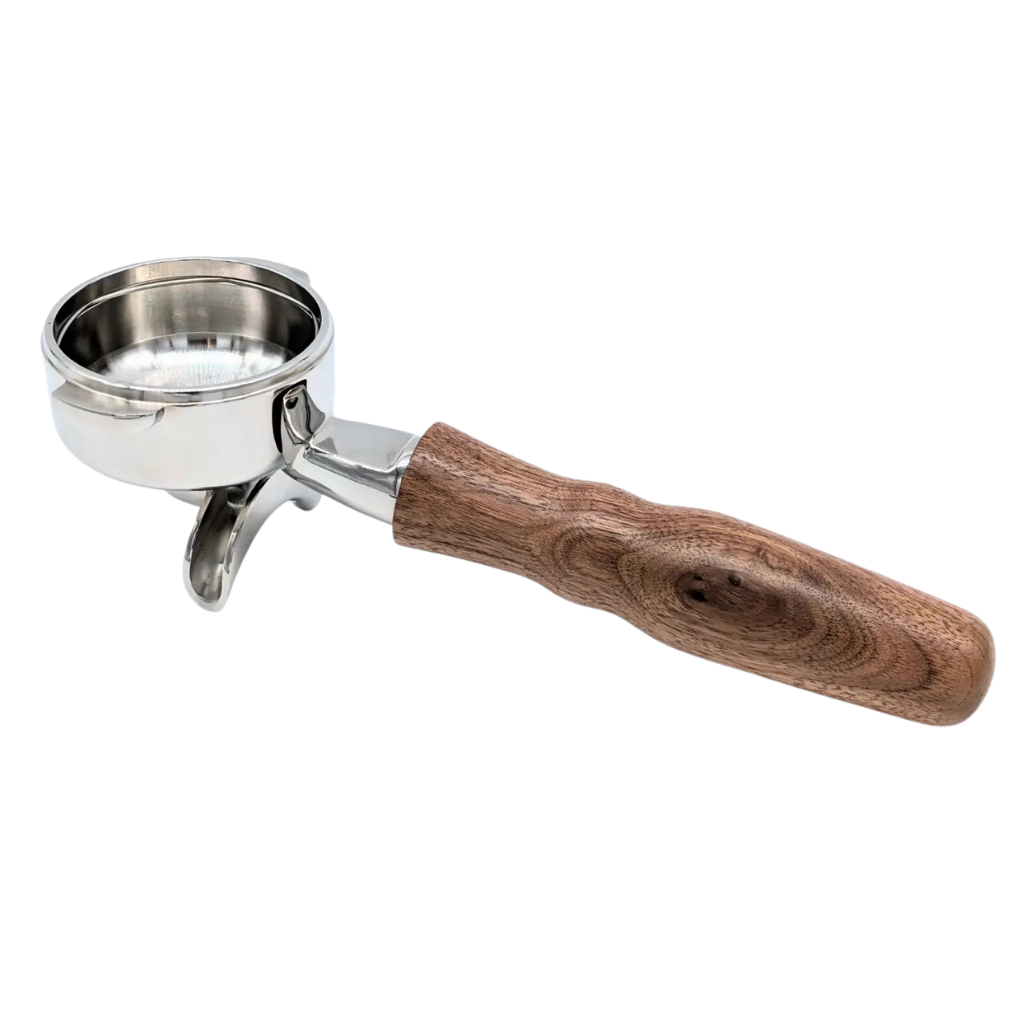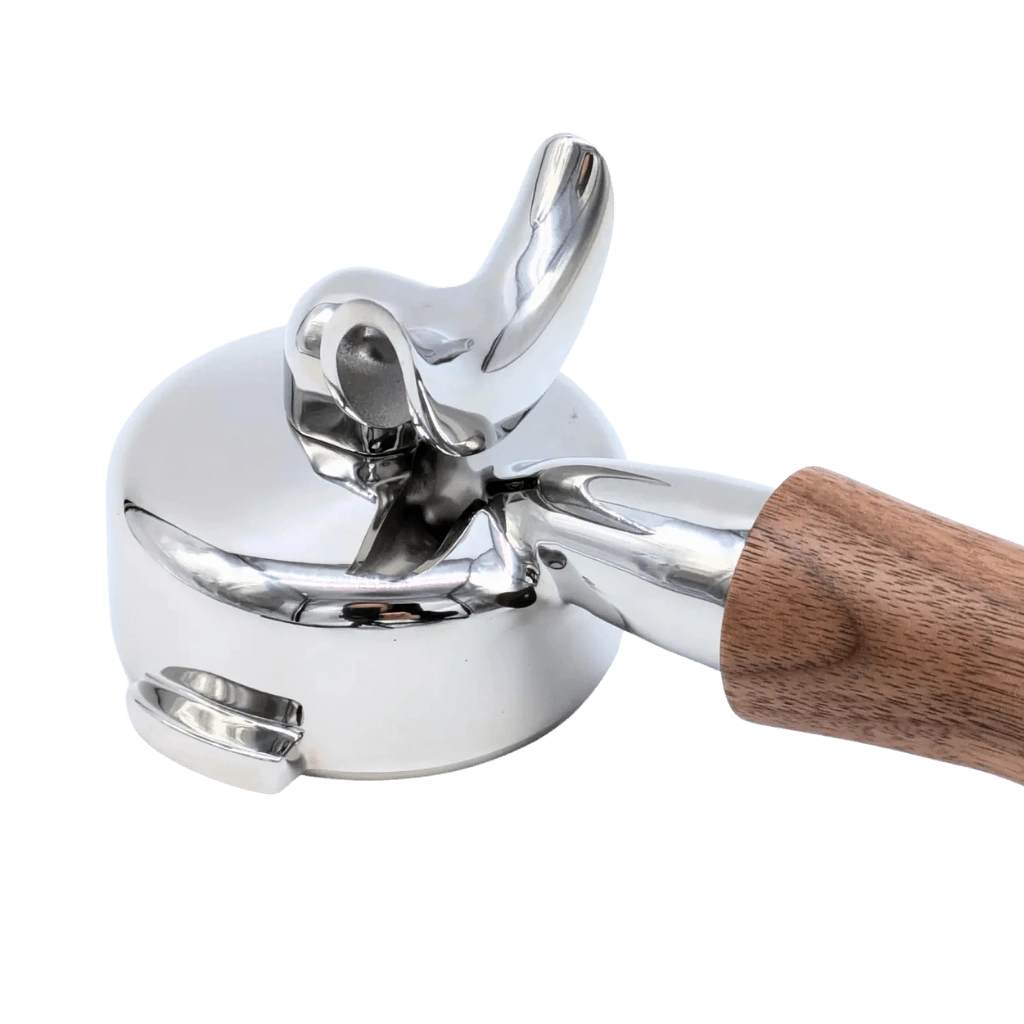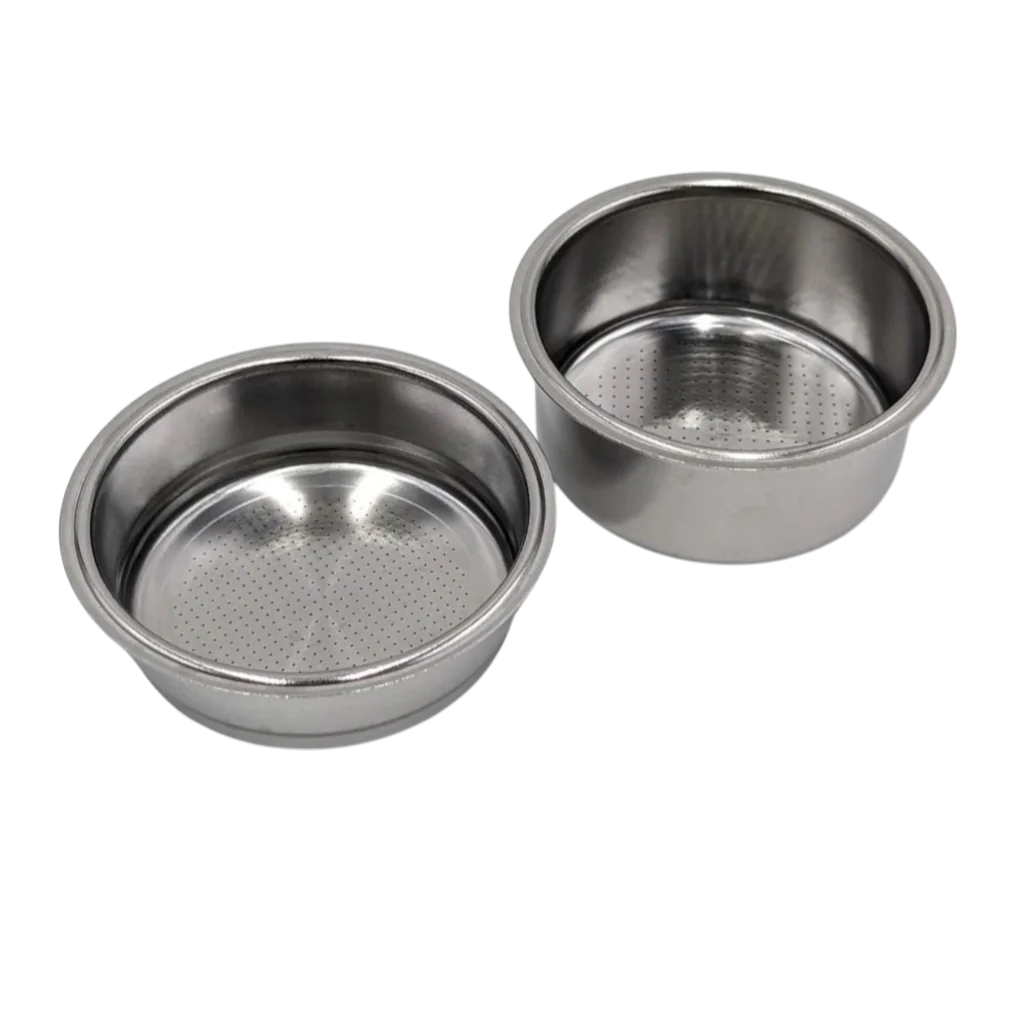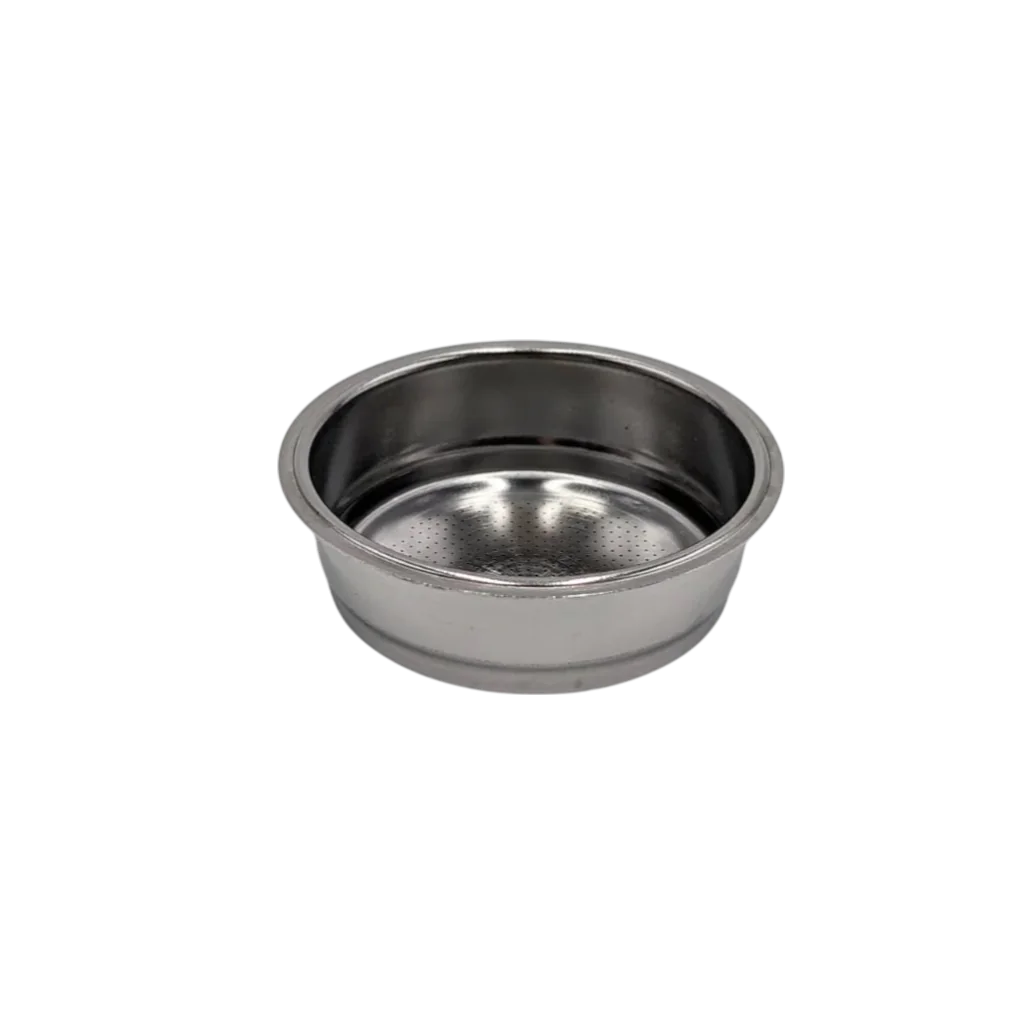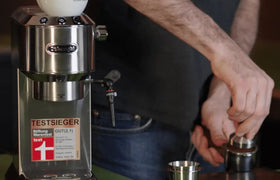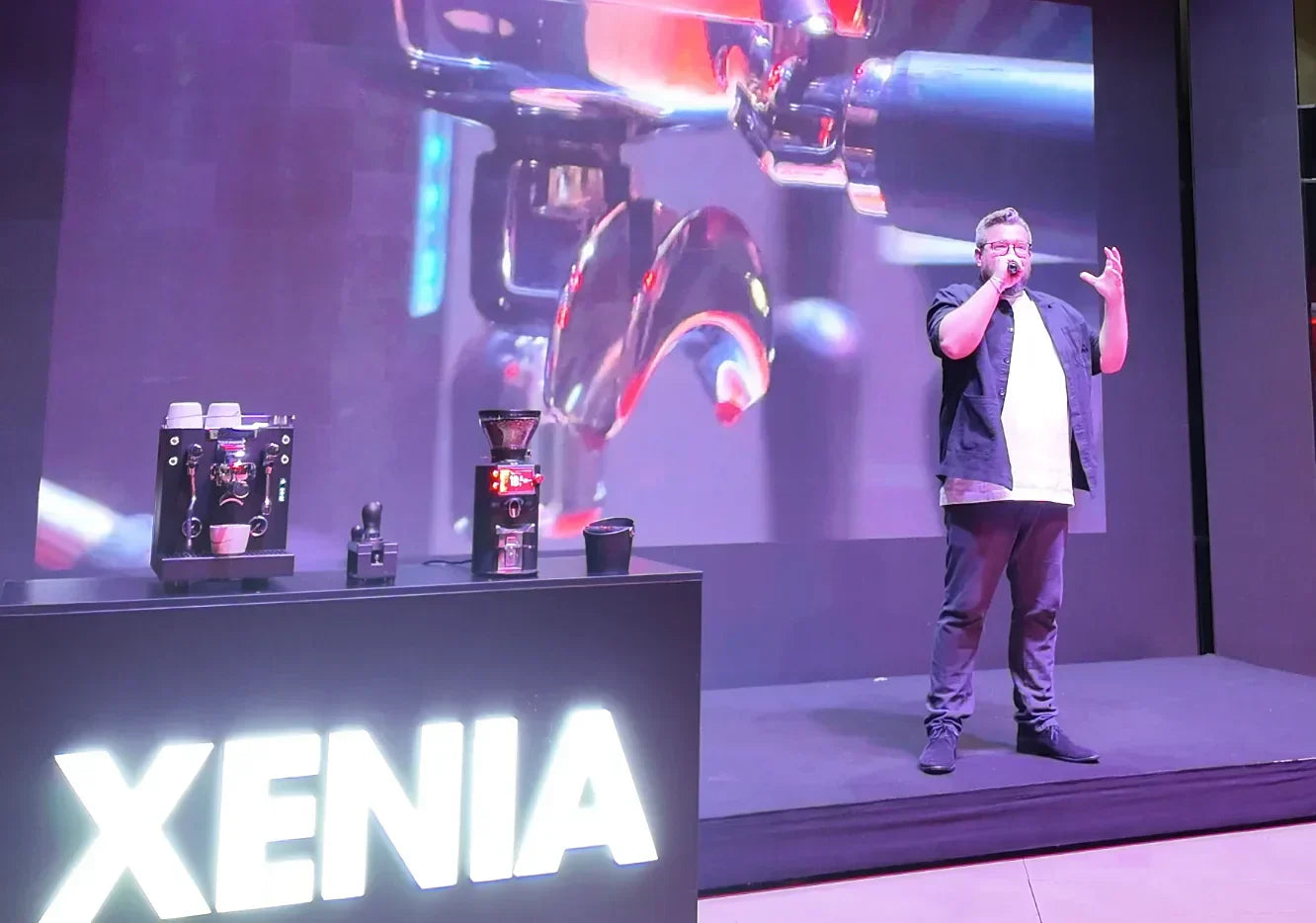With the acquisition of Xenia Espresso, Mahlkönig has added not just a new product but an entire machine platform to its portfolio. The new Mahlkönig Xenia and the accompanying E64 WS Home grinder mark the company’s entry into the home espresso market – with a focus on precision and synchronization.
The Machine: Mahlkönig Xenia Dual Boiler
The Xenia is based on the well-known dual boiler concept developed by Holger Dreißig. Technically, it remains an independent system with carefully thought-out details. Inside, two stainless steel boilers operate – one for brewing, one for steam. Both can be controlled independently. In addition, the machine features an actively heated brew group, allowing it to reach operating temperature much faster.
A three-point heating system ensures stable temperatures, even during multiple consecutive extractions. The Xenia is equipped with a self-developed brew group that promises precise electronic control combined with high energy efficiency.
Other features such as programmable heating cycles, an espresso-only mode for energy saving, and individually adjustable pressure and flow profiles underline the modern approach.
The Grinder: Mahlkönig E64 WS Home
Alongside the machine, Mahlkönig introduces the new E64 WS Home. It brings grind-by-weight technology with a claimed accuracy of 0.1 g to the home market – and does so for under €1,000. At its core are 64 mm burrs, electronically controlled grind adjustment, and a weighing cell. The goal: reproducible results without manual readjustment.
The abbreviation WS stands for “Weight & Sync” – pointing to the key innovation. In combination with the Xenia, a connected system is created in which grinder and machine communicate with each other.
Grind-by-Sync: Machine and Grinder in Dialogue
In the so-called Grind-by-Sync process, the Xenia measures key parameters during extraction – such as flow rate, time, and extraction behavior – and sends this data to the grinder. If the extraction deviates from target values, the grinder automatically adjusts the grind size.
With this, Mahlkönig enters a new phase: the combination of grind-by-weight, electronic grind adjustment, and machine syncing is currently the technology of the moment in the home segment. So far, it only exists as a prototype solution from two other manufacturers – namely Quick Mill in cooperation with Eureka and nunc.
Assessment
The combination of the Xenia as an open, sensor-based espresso machine and the E64 WS Home as a precise, networked grinder forms a well-thought-out ecosystem. Whether the interaction between the two devices performs as seamlessly in everyday use as the presentation suggests remains to be seen. Functionally, however, the package represents a logical step forward – and a clear signal that the home espresso market is steadily moving toward integrated systems.
One more note on context: as an espresso machine, the Xenia appears to be a more suitable counterpart for synchronization than the Quick Mill espresso machine in the Tio setup with the Eureka grinder. While the Italian duo adjusts the next shot by changing the grind size, the Xenia can theoretically influence the shot during extraction if it detects a higher flow rate.
Exactly how this control logic is designed – and how the system performs in practice – will only become clear through detailed testing. We look forward to it and are curious to see how it develops.











